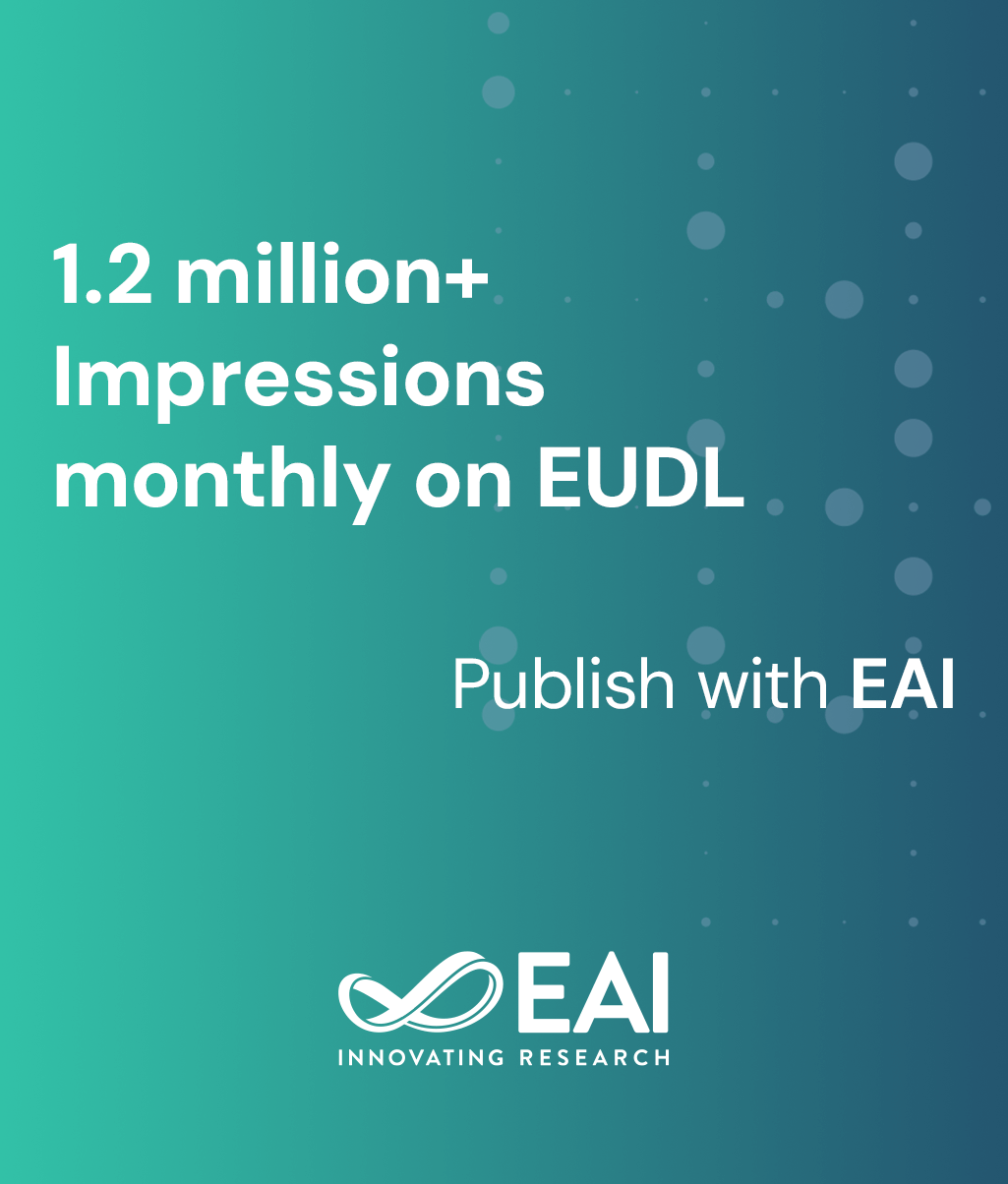
Research Article
Navigating the Future of Intelligent Transportation: Challenges and Solutions in 6G V2X and V2V Networks
@ARTICLE{10.4108/eetiot.5114, author={Spandana Mande and Shaik Salma Asiya Begum and Nandhakumar Ramachandran}, title={Navigating the Future of Intelligent Transportation: Challenges and Solutions in 6G V2X and V2V Networks}, journal={EAI Endorsed Transactions on Internet of Things}, volume={11}, number={1}, publisher={EAI}, journal_a={IOT}, year={2025}, month={4}, keywords={Vehicular Ad hoc Networks, Vehicle to Vehicle, Vehicle to Everything, Collective Perception, Information and Communication Technologies, Road side Units, Data Transmission}, doi={10.4108/eetiot.5114} }- Spandana Mande
Shaik Salma Asiya Begum
Nandhakumar Ramachandran
Year: 2025
Navigating the Future of Intelligent Transportation: Challenges and Solutions in 6G V2X and V2V Networks
IOT
EAI
DOI: 10.4108/eetiot.5114
Abstract
Recent advancements in Information and Communication Technologies (ICT) have transformed vehicular communication, facilitating Vehicle-to-Vehicle (V2V) and Vehicle-to-Everything (V2X) connectivity. These technologies enhance travel safety and efficiency while also reducing pollution and accident rates through optimised resource utilisation. V2X applications encounter significant challenges concerning traffic safety, data security, and scalability, necessitating thorough evaluation prior to extensive implementation. The rising prevalence of connected vehicles presents challenges, including network instability, heterogeneity, and extensive data management, which require novel solutions for effective communication. This study gives a new view on how to combine 6G technologies with V2X and V2V communication systems. It addresses important issues like security, resource allocation, and making sure that communication is very reliable and has low latency. Our study is different from others because it looks at all the technologies that make this possible, including Proportional Fairness Algorithms, machine learning, blockchain, and Reconfigurable Intelligent Surfaces (RIS). We emphasise the significance of collective perception (CP) in improving traffic safety and resource efficiency through the sharing of sensor data among V2X-enabled entities, including vehicles, roadside units (RSUs), and vulnerable road users.This research provides a thorough analysis of advanced methodologies and their limitations, making it a valuable resource for scholars, academics, and industry professionals. It offers a framework for developing future intelligent transportation systems that utilise 6G capabilities to achieve high reliability, minimal latency, and optimal spectrum efficiency in vehicular networks.
Copyright © 2025 S.Mande et al., licensed to EAI. This is an open access article distributed under the terms of the CC BY-NC-SA 4.0, which permits copying, redistributing, remixing, transformation, and building upon the material in any medium so long as the original work is properly cited.


